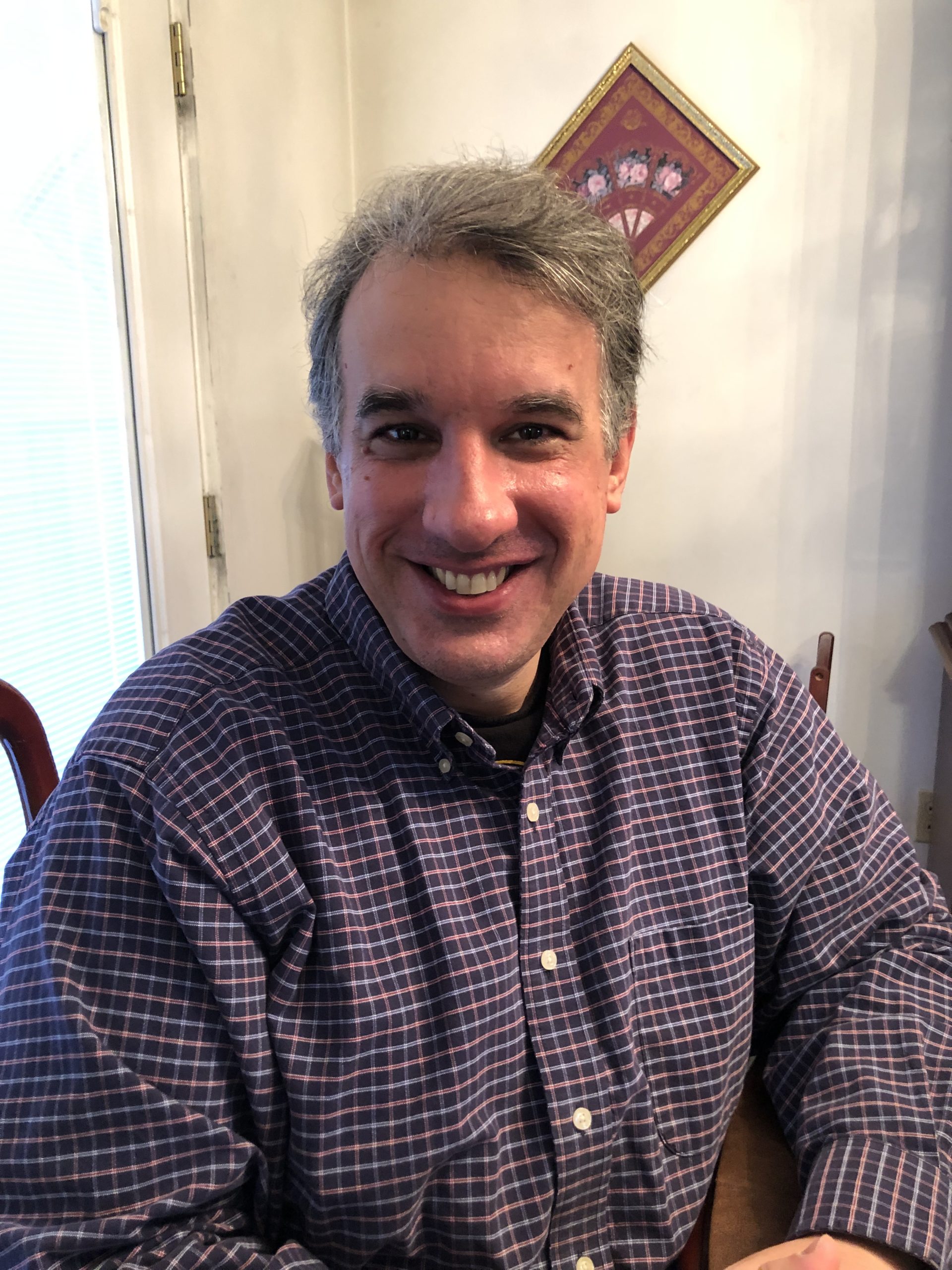Only 3.4 Percent of American Journalists Are Republicans: Study
The worst-kept secret in America has been revealed — or at least quantified.
A new study published by the Newhouse School of Public Communications at Syracuse University found that only 3.4 percent of journalists identified as Republicans.
Those results — as well as others that help explain them — came from an online survey of 1,600 U.S. journalists conducted in early 2022.
The survey yielded two different types of valuable insight.
First, it presented a snapshot of modern journalism, including its unsurprising liberal bias.
Second, it showed remarkable — and in some cases, unsettling — changes over time. The 2022 survey, in fact, represents the sixth in a series of studies conducted every 10 years or so since 1971.
And my, how journalism has changed since the days of Richard Nixon.
The survey found, for instance, that the number of journalists who identify as Republicans has dropped by more than half since 2013’s already anemic 7.1 percent.
But a longer view of the situation shows an even more precipitous decline over the last half-century. In 1971, the number of journalists who called themselves Republicans stood at 25.7 percent.
The 2022 survey results shed additional light that helps explain journalists’ political affiliations.
The published study presented 23 key findings, each of which received one page of analysis, including graphs.
Some of these findings reflected predictable liberal preoccupations, such as diversity and the alleged-but-nonexistent gender pay gap.
Other findings, however, proved revealing.
For instance, 96.4 percent of respondents in 2022 reported that they held at least a four-year bachelor’s degree. That number has increased every decade or so since 1971, when it stood at only 58.2 percent.
In some respects, of course, those numbers should not surprise us, for they conform to national trends.
According to the investment news site 24/7 Wall St., the number of Americans 25 and older who hold at least a bachelor’s degree has more than doubled since 1971.
In conjunction with other key findings, however, the surge in college-educated journalists explains a great deal.
Only 7.4 percent of 2022 respondents, for instance, described “reaching a mass audience” as “extremely important.” That number has plummeted with each successive survey since 1971, when it stood at 39 percent.
Another key finding measured the impact of social media. Here the numbers have flipped since 2013, the only other survey year in which social media acted as a relevant force in journalism.
In 2013, 70.1 percent of respondents regarded social media’s impact on journalism as positive, compared to 28 percent who described it as negative.
Nine years later, only 18.9 percent viewed social media’s impact on journalism as positive. And 59.5 percent regarded it as negative.
The 2022 survey answers about reaching a mass audience and the impact of social media should strike us as eye-opening. They tell us much about the mind of a modern journalist.
Lack of interest in reaching a broad audience suggests disdain for the masses. If journalists have no collective concern for informing the public, then where exactly do their concerns lie? Whose interests do they serve, if not the public’s?
Likewise, journalists’ sudden animosity toward social media suggests parochialism and condescension. After all, social media enables independent journalism. If journalists report a dislike for independent journalism, then they must belong to — or at least aspire to belong to — a corporate media establishment that does the bidding of the powerful and regards independent journalists as dangerous.
Journalists’ attitudes toward social media and the masses, coupled with the surge in the percentage of journalists who hold at least a four-year bachelor’s degree, help explain why so few journalists call themselves Republicans.
In short, journalism has devolved into an elitist pursuit. And the Democratic Party now primarily represents the interests of liberal elites.
In an August opinion piece in the New York Times, journalist David Brooks summarized both long-term changes and the present state of journalism.
“When I began my journalism career in Chicago in the 1980s, there were still some old crusty working-class guys around the newsroom. Now we’re not only a college-dominated profession, we’re an elite-college-dominated profession,” Brooks wrote.
In other words, the socioeconomic chasm between establishment journalists and the masses has widened in recent decades.
Furthermore, the masses have sensed journalists’ disdain for them. No one lies to those whom they respect, and the establishment media has lied to the American people with astonishing brazenness.
Small wonder that fewer and fewer Americans trust the elitist liberal Democrat establishment media.
Truth and Accuracy
We are committed to truth and accuracy in all of our journalism. Read our editorial standards.
Advertise with The Western Journal and reach millions of highly engaged readers, while supporting our work. Advertise Today.












